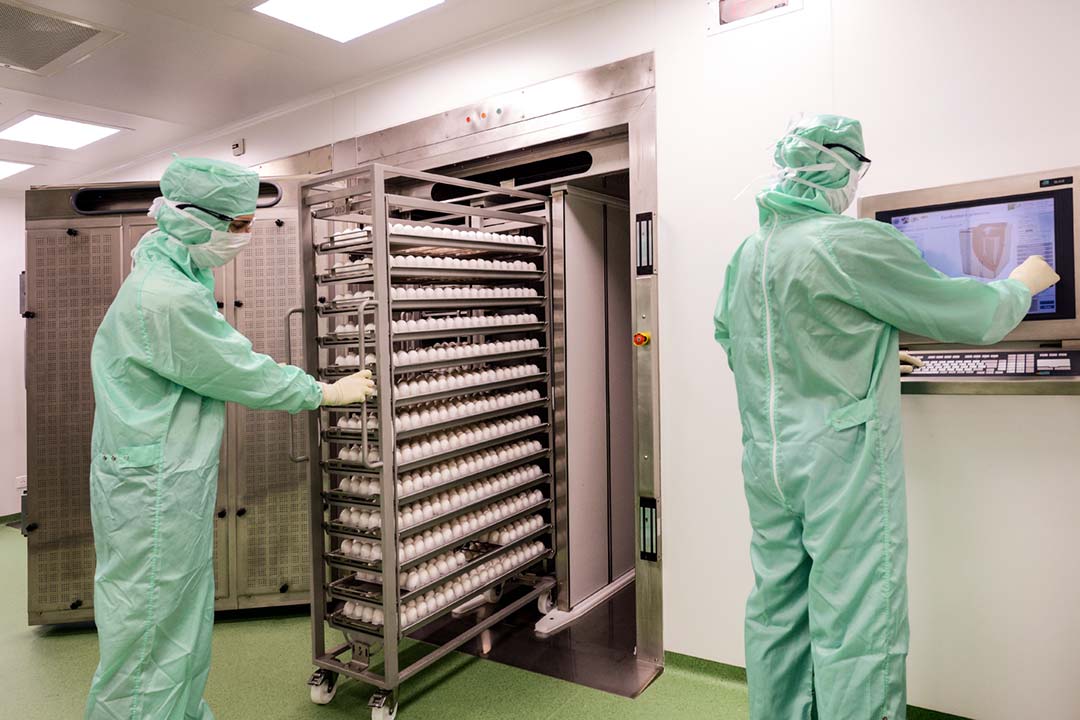Could COVID-19 be airborne, and if so how do we protect ourselves?
Ever since the new coronavirus was identified, there has been a debate about whether it is airborne or not. Now, over 200 scientists from around the world have written to the World Health Organization urging it to consider the potential of COVID-19 to be airborne, and thus spread much more easily than we thought.
- 17 July 2020
- 3 min read
- by Priya Joi

Back in March, when COVID-19 was clearly becoming a critical threat to many countries around the world, the evidence indicated that the virus spreads from person to person through small respiratory droplets produced when people cough or sneeze, or even breathe. These droplets tend to travel a few feet and then land on surfaces, where the virus could last for up to three days. This is why most of the advice to stop its transmission have centred on lockdowns, physical distancing, handwashing with soap, and the use of alcohol-based hand sanitising gels.
Another way for the virus to be spread is through aerosols – these particles are much smaller than droplets – and can spread much further than a few feet, meaning that the virus can spread much more easily. The definition of an airborne disease, according to the World Health Organization (WHO), is that it needs to be spread by aerosols. Since COVID-19 mostly seemed to be spread by droplets, WHO did not define the new coronavirus as an airborne disease.
In an open letter to WHO, more than 200 scientists have argued that there is enough evidence now to show that COVID-19 can spread as aerosols which they say could explain ‘super spreader events’ where an entire choir or restaurant has become infected at once. The virus being airborne would have major implications for controlling the disease, especially as lockdown measures are being lifted in many countries and schools, gyms and restaurants are opening.
Addressing the airborne potential of the virus would mean ensuring effective ventilation (minimising the recirculation of air) particularly in public buildings, workplaces, schools, hospitals, and care homes. The researchers also suggest using airborne infection controls such as local exhaust, high efficiency air filtration, and ultraviolet lights.
In a response, WHO maintains that aerosol-generating procedures performed in healthcare settings are the most likely way for the virus to be spread as an airborne aerosol. It acknowledges that the idea that the virus could spread as a ‘short-range aerosol’ in crowded and inadequately ventilated spaces over a prolonged period of time with infected people present “cannot be ruled out.” But it says that droplet transmission could explain these as well, especially if people weren’t wearing masks or maintaining physical distance.
Another reason that WHO is uncomfortable with the airborne theory is the R number of the virus, which does not seem to suggest airborne infection. Measles, which is airborne has an R of 18 while COVID is around 2-5, which seems also to suggest droplets as primary transmission. If COVID were airborne, the spread should be much quicker.
The scientists argue that although there is still no conclusive evidence for airborne transmission, there is enough data to act on a precautionary basis to stop the spread of the virus, and to prevent future major outbreaks. It is always possible that a precautionary action and messaging may increase fear when evidence is actually not available, which could cause social chaos and be damaging to the overall response.
Meanwhile, while not entirely agreeing with the scientists’ argument, WHO has agreed to issue new guidelines about transmission in settings with close contact and poor ventilation.








